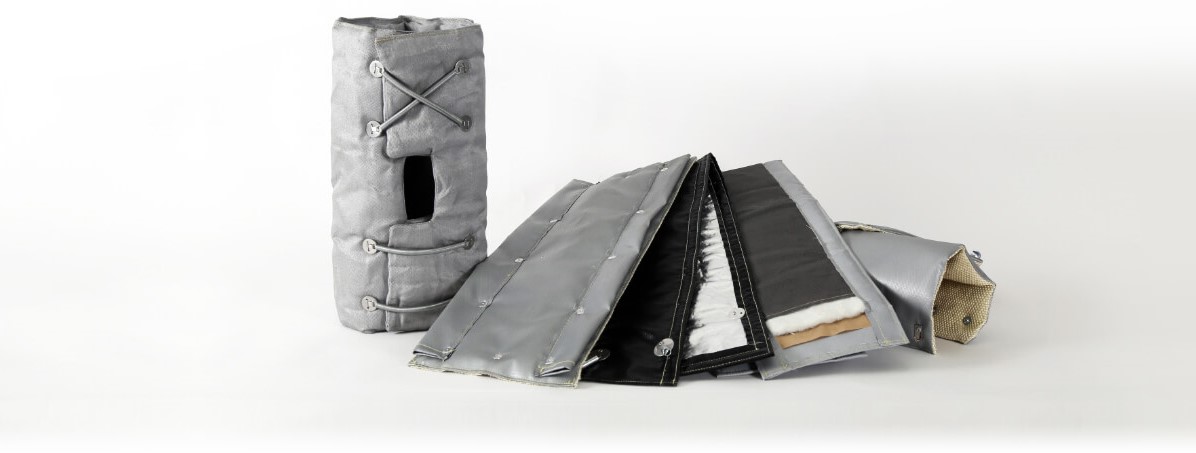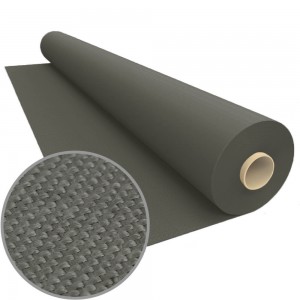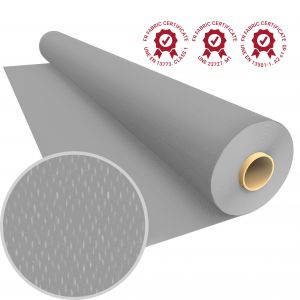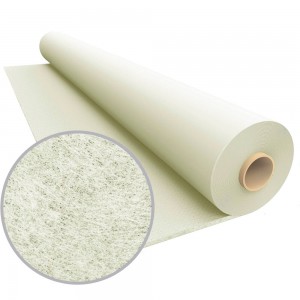Why do textile insulation materials help save energy?
The use of textile insulation materials in various industrial applications can provide significant benefits in terms of energy savings and, consequently, cost reduction.
What is a textile insulation material?
A textile insulation material is a multi-layer textile solution used to reduce heat loss in valves, pipes, ducts, and industrial equipment, thereby stabilizing the overall temperature of the system.
Textile insulation materials act as a thermal barrier due to their multi-layer composition. They are typically made up of three fabric layers: hot face, middle layer, and cold face.
- The hot face fabric must be able to withstand the maximum temperature of the system being insulated.
- The middle layer typically consists of non-woven fabric that encapsulates heat, preventing it from transferring to the cold face and being lost.
- The cold face (or outer layer) can feature fabrics with different properties, depending on the requirements of each installation, such as impermeability, electrostatic properties, fire resistance, etc.

When is it recommended to use thermal insulation solutions?
Thermal insulation is essential in any element that operates at temperatures above 45°C, both for safety reasons and specially to achieve maximum energy efficiency.
How can the use of textile insulation save energy?
The use of thermal blankets significantly reduces the amount of heat transferred through valves, pipes, and other equipment. These elements are the main thermal leakage points of any industrial process. Thanks to the insulation materials, heat is retained within the system, thereby reducing the amount of energy required to maintain the temperature of the gases or liquids contained within the system. This results in a significant reduction in energy consumption and medium-term cost savings.
How much energy can be saved using thermal blankets?
Suppose a company has a pipe that transports water steam through its facilities, and the temperature of the pipe is 140°C. If the ambient temperature is 20°C, then the pipe will be losing energy due to heat transfer through the surface of the pipe. If a insulation lagging is installed on the pipe, the amount of heat lost will be reduced, meaning less energy is needed to maintain the desired temperature. According to studies, energy savings of around 20-30% can be expected when using textile insulation materials on pipes.
What type of equipment can textile insulation materials be used on?
The use of thermal lagging is not limited to valves and pipes. They can also be used on process equipment such as furnaces, boilers, heat exchangers, among others. By reducing the amount of heat lost, there is also an increase in performance and significant energy savings in these systems.






